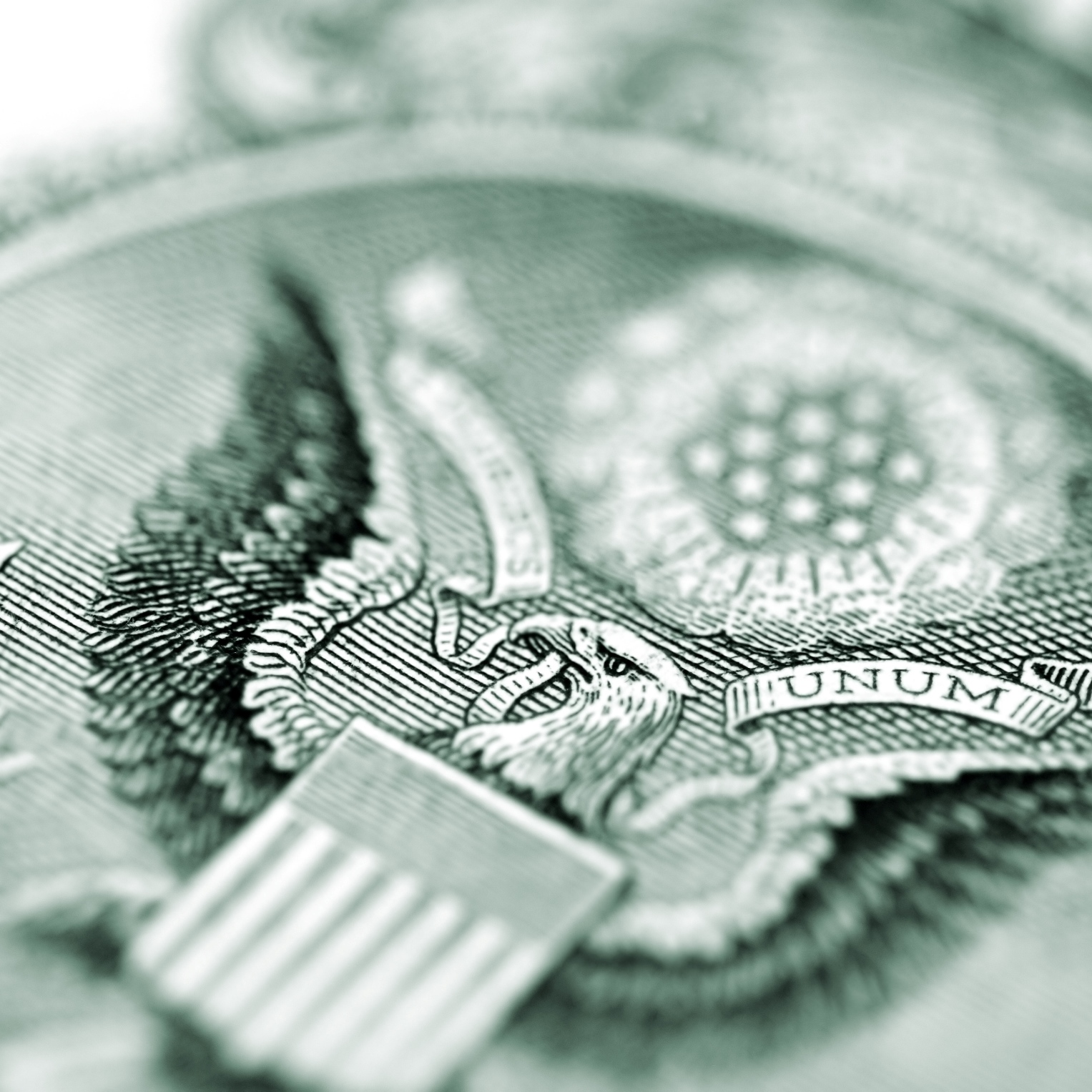
U.S. workers can expect a 3% pay raise, at least according to the Hay Group 2016 Global Salary Forecast. American workers will do slightly better than those around the world, who can expect increases around 2.5%.
Low inflation makes the raises more meaningful, at least as it translates to the actual value of the raise. The primary points of the Hay Group survey:
- Global salary rise highest in three years
- Real wages up 2.5%, as pay rises combine with low inflation
- Despite economic slowdown, Asian workers to see biggest real wage rise, with China forecast to see third highest real wage increase globally
Europe’s economy was shattered by the Great Recession as much as any other, and some of its countries continue to have crippling unemployment. That will not keep many workers in the region from doing well:
According to the Korn Ferry Hay Group forecast, workers across Europe are set to see an average salary increase of 2.8% in 2016, and with inflation at 0.5% will see real wages rise by 2.3%. Fuelled by a low inflation environment, those in Western Europe will see a 2% increase in real wages compared to a 2.9% increase in Eastern Europe.
On the surface, the sharp slowdown in the Chinese economy, which now has a gross domestic product (GDP) growth rate many experts consider to be well below 7%, should yield a poor labor market. Not so:
In Asia, salaries are forecast to increase by 6.4% – down 0.4% from last year. However, real wages are expected to rise by 4.2% – the highest globally. The largest real wage increases are forecast in Vietnam (7.3%), China (6.3%) and Thailand (6.1%). In fact, despite China’s economic slowdown, coupled with plummeting stock markets and reduced exports, workers in the country are set to see an 8% salary increase in 2016 as employment rates continue to grow due to the increasing need for skilled workers and the sustained rise of the burgeoning middle class.
And in the United States, where the national unemployment rate is 5% and jobless claims are near historic lows, wages will not rise rapidly. In theory, this should slow GDP growth next year, because consumer spending represents about a third of it:
This upward trend can also be seen in North America, where the labor market is buoyant. In the USA, with low inflation (0.3%), employees will experience real income growth of 2.7%. Canadian workers will meanwhile see salaries increase by 2.6% and experience real wage growth of 1.3%. Across the continent, salaries will increase by 2.8% – the same as last year.
However, from one point of view, the news might be considered good. Although U.S. federal employment numbers do not match those of the Hay Group, real wages in American have not moved higher in a decade. Maybe that is about to change.
In 20 Years, I Haven’t Seen A Cash Back Card This Good
After two decades of reviewing financial products I haven’t seen anything like this. Credit card companies are at war, handing out free rewards and benefits to win the best customers.
A good cash back card can be worth thousands of dollars a year in free money, not to mention other perks like travel, insurance, and access to fancy lounges.
Our top pick today pays up to 5% cash back, a $200 bonus on top, and $0 annual fee. Click here to apply before they stop offering rewards this generous.
Flywheel Publishing has partnered with CardRatings for our coverage of credit card products. Flywheel Publishing and CardRatings may receive a commission from card issuers.
Thank you for reading! Have some feedback for us?
Contact the 24/7 Wall St. editorial team.


